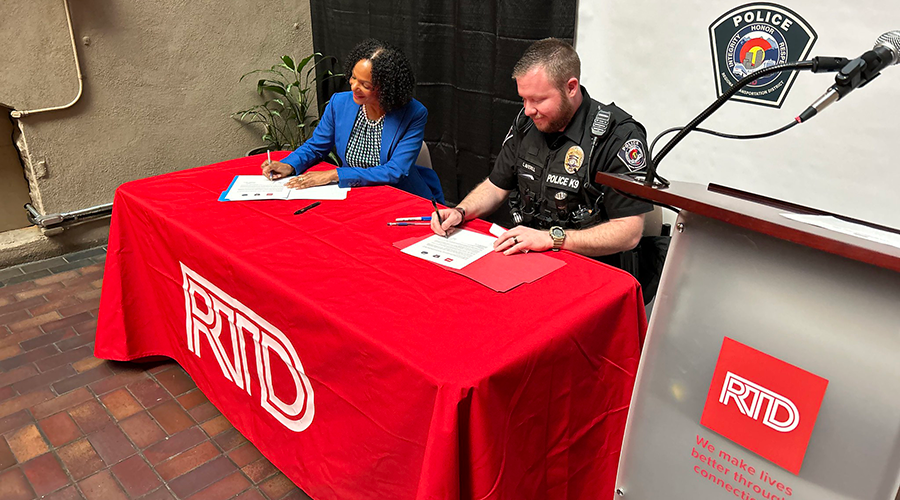Newsletter Sign Up
Stay updated on news, articles and information for the rail industry
Stay updated on news, articles and information for the rail industry
Rail News Home
Passenger Rail
Rail News: Passenger Rail
2/6/2001
Rail News: Passenger Rail
WMATA eyes joint development at White Flint station
advertisement
Washington Metropolitan Area Transit Authority (WMATA) and LCOR Inc. Feb. 1 announced an agreement to jointly develop 32 acres of land east of Rockville Pike at the White Flint Metro Station in North Bethesda, Md. — the largest joint-development project WMATA’s approved in the program’s 25-year history.
"Our Joint Development Program is reaping tremendous dividends for local jurisdictions and Metro alike," said WMATA Board Member Carlton Stickles. "By promoting and encouraging these joint-development projects, WMATA provides an additional return on the investment in the Metro system to our customers and citizens in the region in the form of new sources of tax revenues and job opportunities."
WMATA defines its program as joint development of land it owns or controls at or near Metrorail stations, often under long-term ground leases.
For the White Flint project, LCOR, a national real estate firm specializing in public/private developments, proposed a mixed-use project including 1.2 million square feet of office space and 200,000 square feet of retail space. Planners anticipate the project could generate an additional 6,496 daily passenger trips at the White Flint station.
"This is an unparalleled opportunity to realize smart growth development adjacent to the White Flint Metro Station and to implement the long-standing vision of Montgomery County’s North Bethesda-Garrett Park Master Plan to create a town center for the North Bethesda area," said LCOR Senior Vice President Timothy Smith.
To date, WMATA has approved more than 40 joint development projects since the early 1970s. Completed projects return about $6 million in annual revenue.
"Our Joint Development Program is reaping tremendous dividends for local jurisdictions and Metro alike," said WMATA Board Member Carlton Stickles. "By promoting and encouraging these joint-development projects, WMATA provides an additional return on the investment in the Metro system to our customers and citizens in the region in the form of new sources of tax revenues and job opportunities."
WMATA defines its program as joint development of land it owns or controls at or near Metrorail stations, often under long-term ground leases.
For the White Flint project, LCOR, a national real estate firm specializing in public/private developments, proposed a mixed-use project including 1.2 million square feet of office space and 200,000 square feet of retail space. Planners anticipate the project could generate an additional 6,496 daily passenger trips at the White Flint station.
"This is an unparalleled opportunity to realize smart growth development adjacent to the White Flint Metro Station and to implement the long-standing vision of Montgomery County’s North Bethesda-Garrett Park Master Plan to create a town center for the North Bethesda area," said LCOR Senior Vice President Timothy Smith.
To date, WMATA has approved more than 40 joint development projects since the early 1970s. Completed projects return about $6 million in annual revenue.


 LRW Honors Amtrak’s Acheson As Railway Woman Of The Year
LRW Honors Amtrak’s Acheson As Railway Woman Of The Year
 From Editor-In-Chief Foran: Of Gender Equity And Inclusion
From Editor-In-Chief Foran: Of Gender Equity And Inclusion
 Spotlight On Some Of Today’s Rail Safety Products
Spotlight On Some Of Today’s Rail Safety Products
 Women of Influence in Rail eBook
Women of Influence in Rail eBook
 railPrime
railPrime








